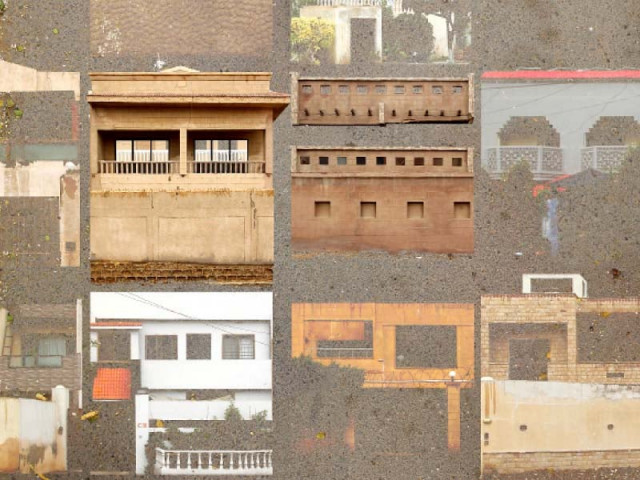
The work on display is part of a publication project involving seven artists who have compiled seven maps coupled with essays. Architects, historians, geographers, artists and urban planners have contributed maps, texts and imagery to exhibit the changing dynamics of a city, which is always on the move. "The aim is to experiment with different ways of bringing research and data, alongside artwork, into the gallery space," said Shajana Rajani, the curator of the show.
Nausheen Anwar has mapped the urban areas of Karachi, which have katchi abadis on their peripheries. As per the map, there are as many as 573 goths as outlays of huge towns, such as Gulshan-e-Iqbal, Gadap Town and Keamari, to name a few. The crux of the display is the idea of listing areas that are in need of urban development, which ironically are actually branches rooting out of developed towns.
The exhibition's theme, of a Karachi devoid of displays of conflict and its repercussions, is not quite possible. Zahra Malkani brought into light powerful images titled 'Seeing the Missing', representing the visual state of enforced disappearances in Karachi. From the shutters of closed shops and houses in slum areas to a hospital building, the pictures provide a face in the forefront of all those who have been targeted and displaced by the internal strife and crime that remains a norm in the city.
A different depiction from maps, charts and images was Fazal Rizvi's textual representation in letters addressed to his mother. In these letters, he walked down several memory lanes, mostly encompassing his journey from early childhood days. In these texts, he talks about the 'hot pot soup' he enjoyed at an eatery in Saddar while in some he is saddened when he learns of a cinema house burning down. Interestingly, in one of the letters he mentions that he has gone colour blind and cannot tell the difference between the flags adorning the public spaces.
Rajani says that the project seeks to examine and excavate traces of a city buried under the weight of discourses and representations constructed about and around it, a city whose histories and geographies seem to have collapsed into clichés.
Rajani and Soomro have displayed the same clichés in their work 'Geography of Exclusion', which takes into account the first 20 years of Pakistan's life. A mark on a map upon close reading reveals that in 1953 riots were witnessed in Liaquatabad due to a water shortage in the area. The summary also mentioned that by the 20th year, that is 1967, four main problems of Karachi were already identified. Those are the hawkers, water shortage, land occupation by unauthorised people and the unpaid dues in KDA.
Published in The Express Tribune, September 11th, 2015.



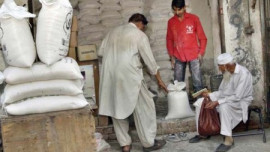

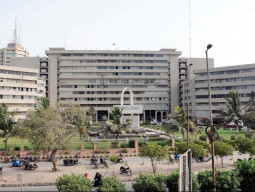

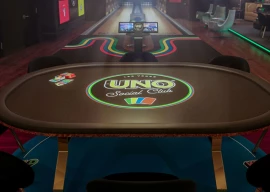
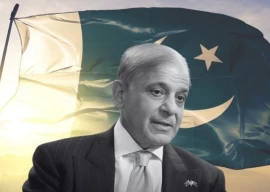









COMMENTS
Comments are moderated and generally will be posted if they are on-topic and not abusive.
For more information, please see our Comments FAQ